Hepatobiliary and pancreatic imaging in children-techniques and an overview of non-neoplastic disease entities
- PMID: 20967540
- PMCID: PMC3016234
- DOI: 10.1007/s00247-010-1858-5
Hepatobiliary and pancreatic imaging in children-techniques and an overview of non-neoplastic disease entities
Abstract
Imaging plays a major role in the diagnostic work-up of children with hepatobiliary or pancreatic diseases. It consists mainly of US, CT and MRI, with US and MRI being the preferred imaging modalities because of the lack of ionizing radiation. In this review the technique of US, CT and MRI in children will be addressed, followed by a comprehensive overview of the imaging characteristics of several hepatobiliary and pancreatic disease entities most common in the paediatric age group.
Figures








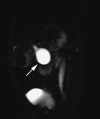

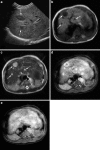


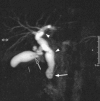
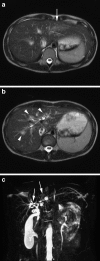
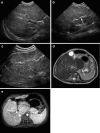





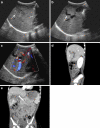

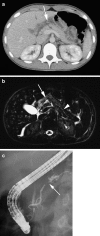
References
-
- Konus OL, Ozdemir A, Akkaya A, et al. Normal liver, spleen, and kidney dimensions in neonates, infants, and children: evaluation with sonography. AJR. 1998;171:1693–1698. - PubMed
-
- Siegel MJ, Martin KW, Worthington JL. Normal and abnormal pancreas in children: US studies. Radiology. 1987;165:15–18. - PubMed
Publication types
MeSH terms
LinkOut - more resources
Full Text Sources
Medical

